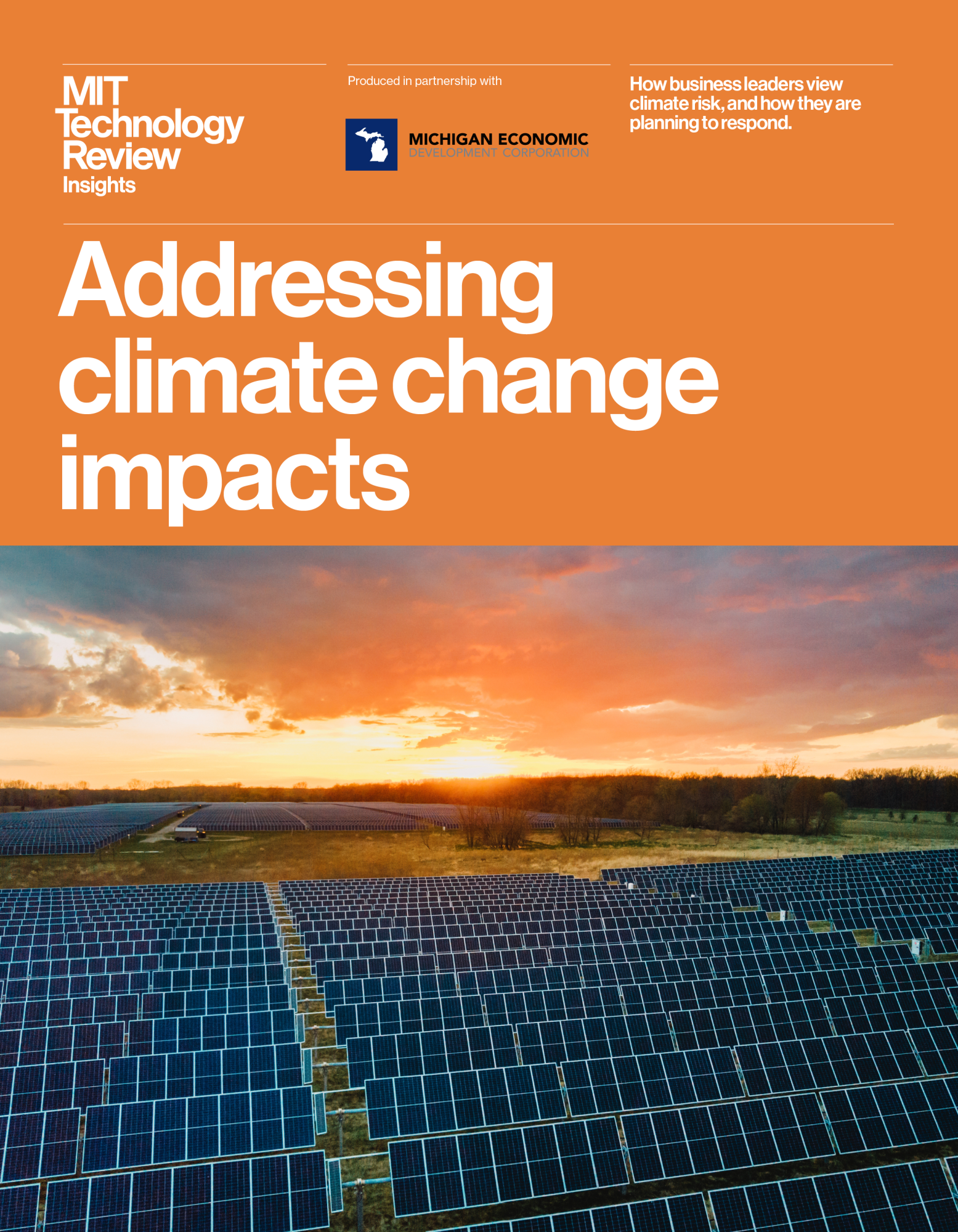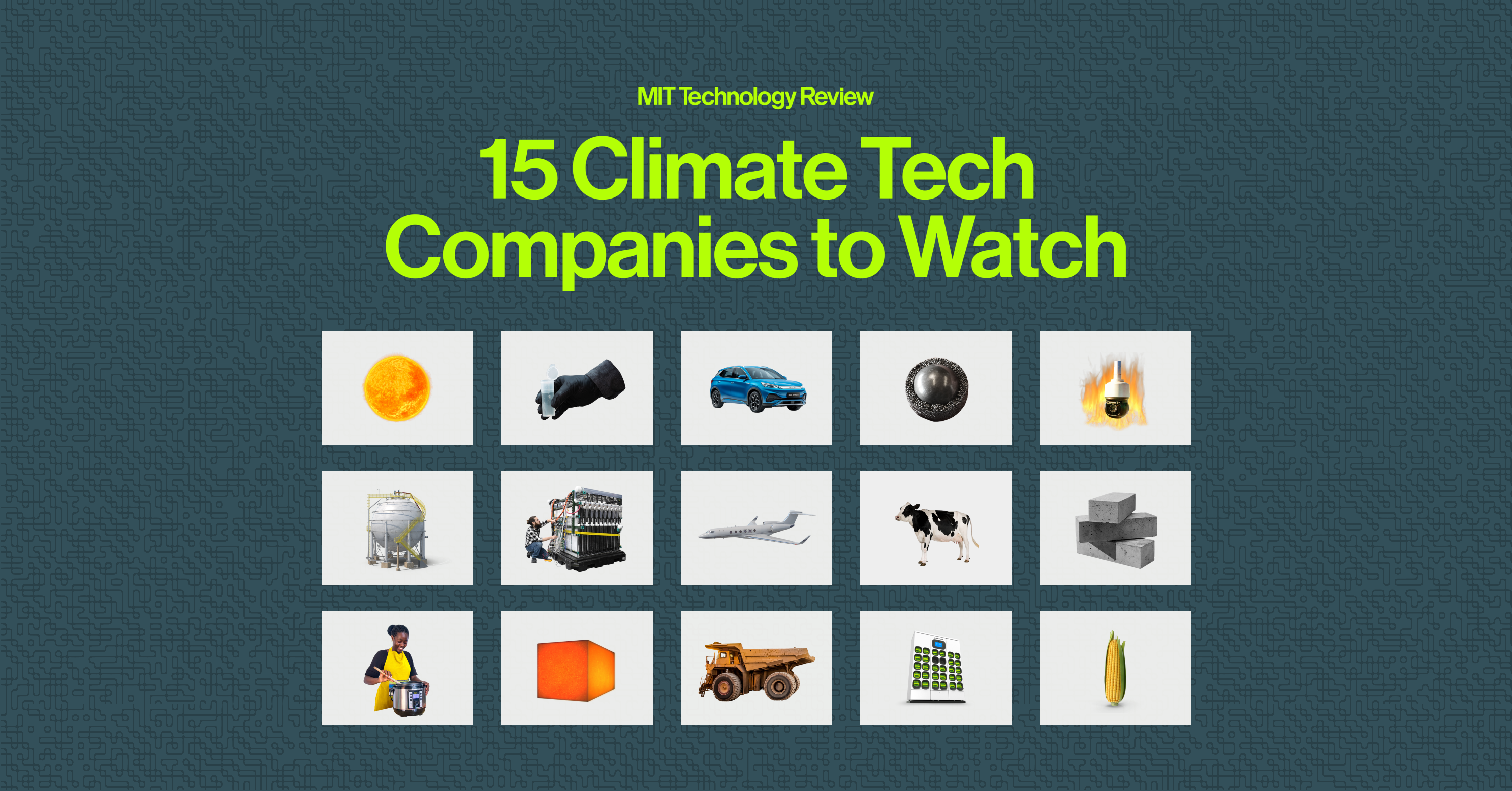Sponsored
Addressing climate change impacts
How business leaders view climate risk, and how they are planning to respond.
In partnership withMichigan Economic Development Corporation
The reality of climate change has spurred enormous public and private investment worldwide, funding initiatives to mitigate its effects and to adapt to its impacts. That investment has spawned entire industries and countless new businesses, resulting in the creation of new green jobs and contributions to economic growth. In the United States, this includes the single largest climate-related investment in the country’s history, made in 2022 as part of the Inflation Reduction Act.
For most US businesses, however, the costs imposed by climate change and the future risks it poses will outweigh growth opportunities afforded by the green sector. In a survey of 300 senior US executives conducted by MIT Technology Review, every respondent agrees that climate change is either harming the economy today or will do so in the future. Most expect their organizations to contend with extreme weather, such as severe storms, flooding, and extreme heat, in the near term. Respondents also report their businesses are already incurring costs related to climate change.
This research examines how US businesses view their climate change risk and the steps they are taking to adapt to climate change’s impacts. The results make clear that climate considerations, such as frequency of extreme weather and access to natural resources, are now a prime factor in businesses’ site location decisions. As climate change accelerates, such considerations are certain to grow in importance.
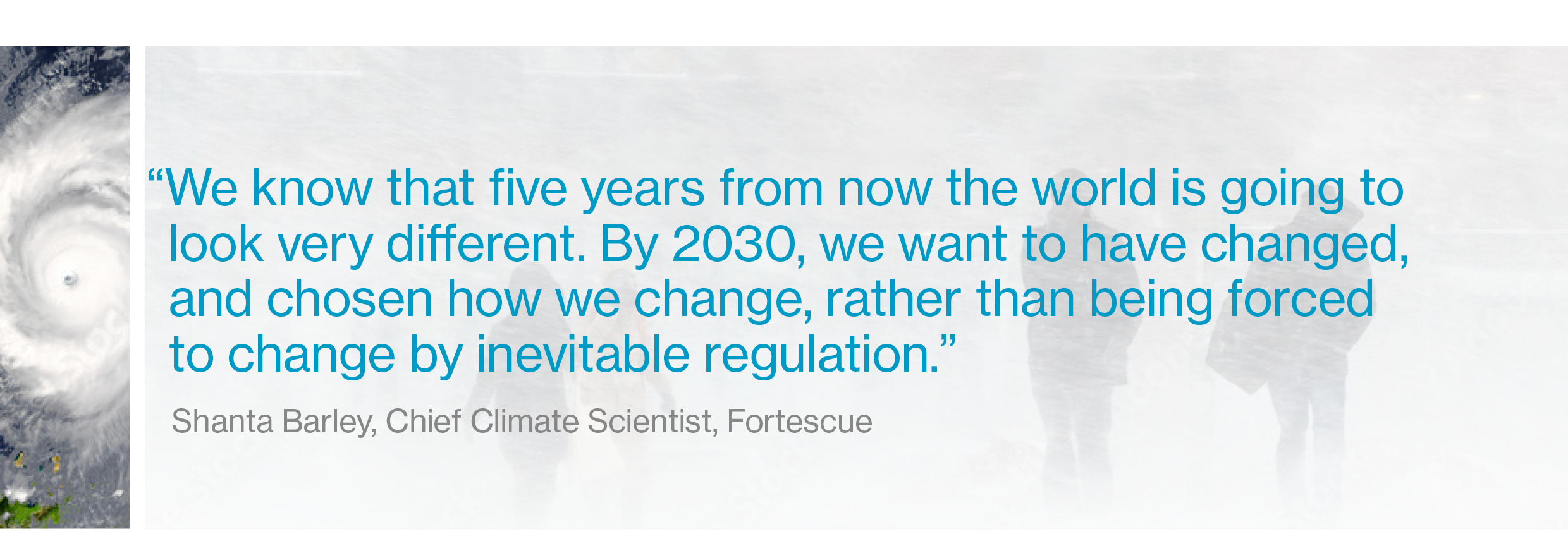
Key findings include the following:
Businesses are weighing relocation due to climate risks. Most executives in the survey (62%) deem their physical infrastructure (some or all of it) exposed to the impacts of climate change, with 20% reporting it is “very exposed.” A full 75% of respondents report their organization has considered relocating due to climate risk, with 6% indicating they have concrete plans to relocate facilities within the next five years due to climate factors. And 24% report they have already relocated physical infrastructure to prepare for climate change impacts.
Companies must lock in the costs of climate change adaptation. Nearly all US businesses have already suffered from the effects of climate change, judging by the survey. Weighing most heavily thus far, and likely in the future, are increases in operational costs (affecting 64%) and insurance premiums (63%), as well as disruption to operations (61%) and damage to infrastructure (55%).
Executives know climate change is here, and many are planning for it. Four-fifths (81%) of survey respondents deem climate planning and preparedness important to their business, and one-third describe it as very important. There is a seeming lag at some companies, however, at translating this perceived importance into actual planning: only 62% have developed a climate change adaptation plan, and 52% have conducted a climate risk assessment.
Climate-planning resources are a key criterion in site location. When judging a potential new business site on its climate mitigation features, 71% of executives highlight the availability of climate-planning resources as among their top criteria. Nearly two-thirds (64%) also cite the importance of a location’s access to critical natural resources.
Though climate change will affect everyone, its risks and impacts vary by region. No US region is immune to climate change: a majority of surveyed businesses in every region have experienced at least some negative climate change impacts. However, respondents believe the risks are lowest in the Midwest, with nearly half of respondents (47%) naming that region as least exposed to climate change risk.
This content was produced by Insights, the custom content arm of MIT Technology Review. It was not written by MIT Technology Review’s editorial staff.
Deep Dive
Climate change and energy
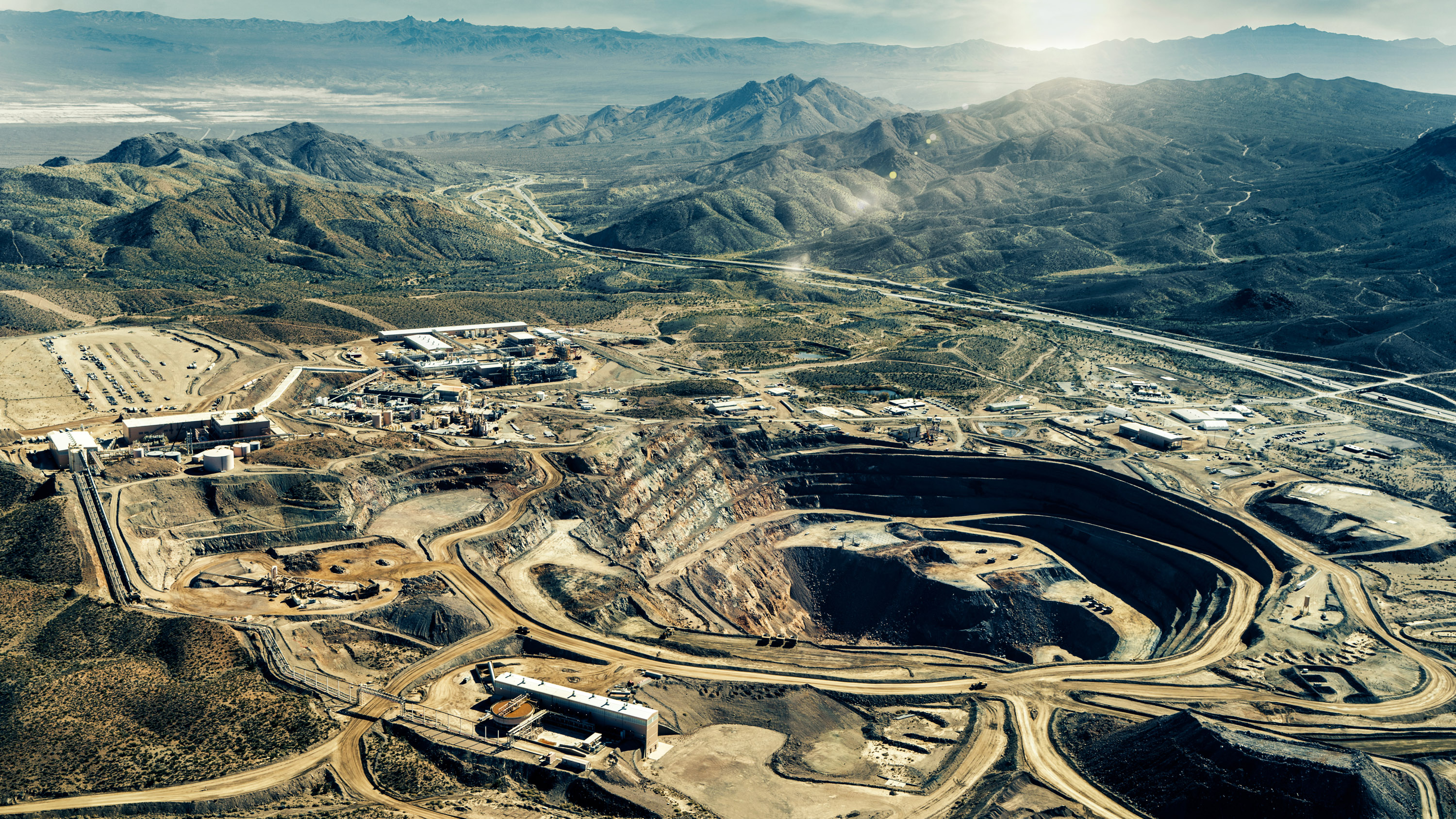
This rare earth metal shows us the future of our planet’s resources
The story of neodymium reveals many of the challenges we’ll likely face across the supply chain in the coming century and beyond.
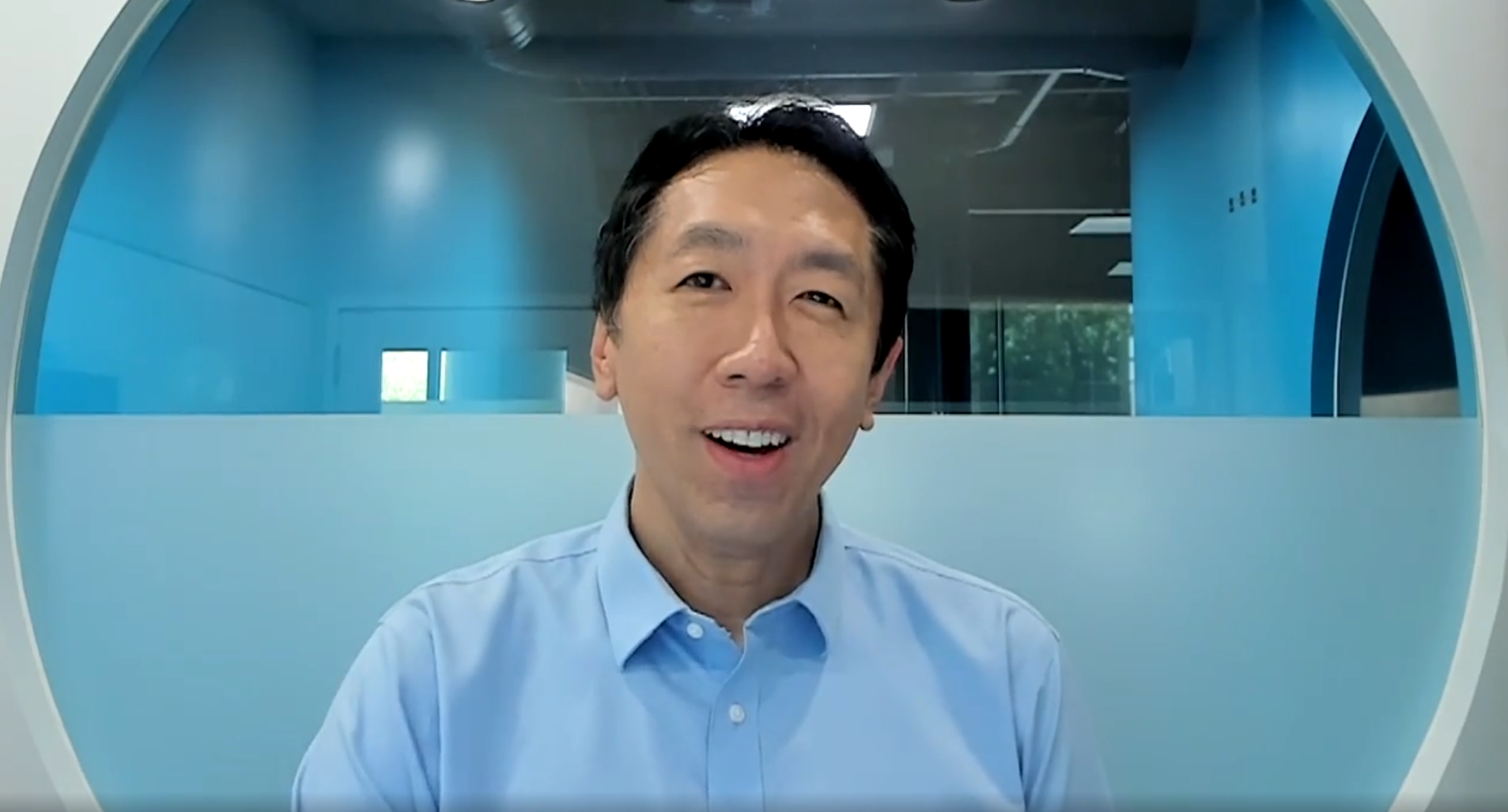
Andrew Ng’s new model lets you play around with solar geoengineering to see what would happen
The climate emulator invites you to explore the controversial climate intervention. I gave it a whirl.
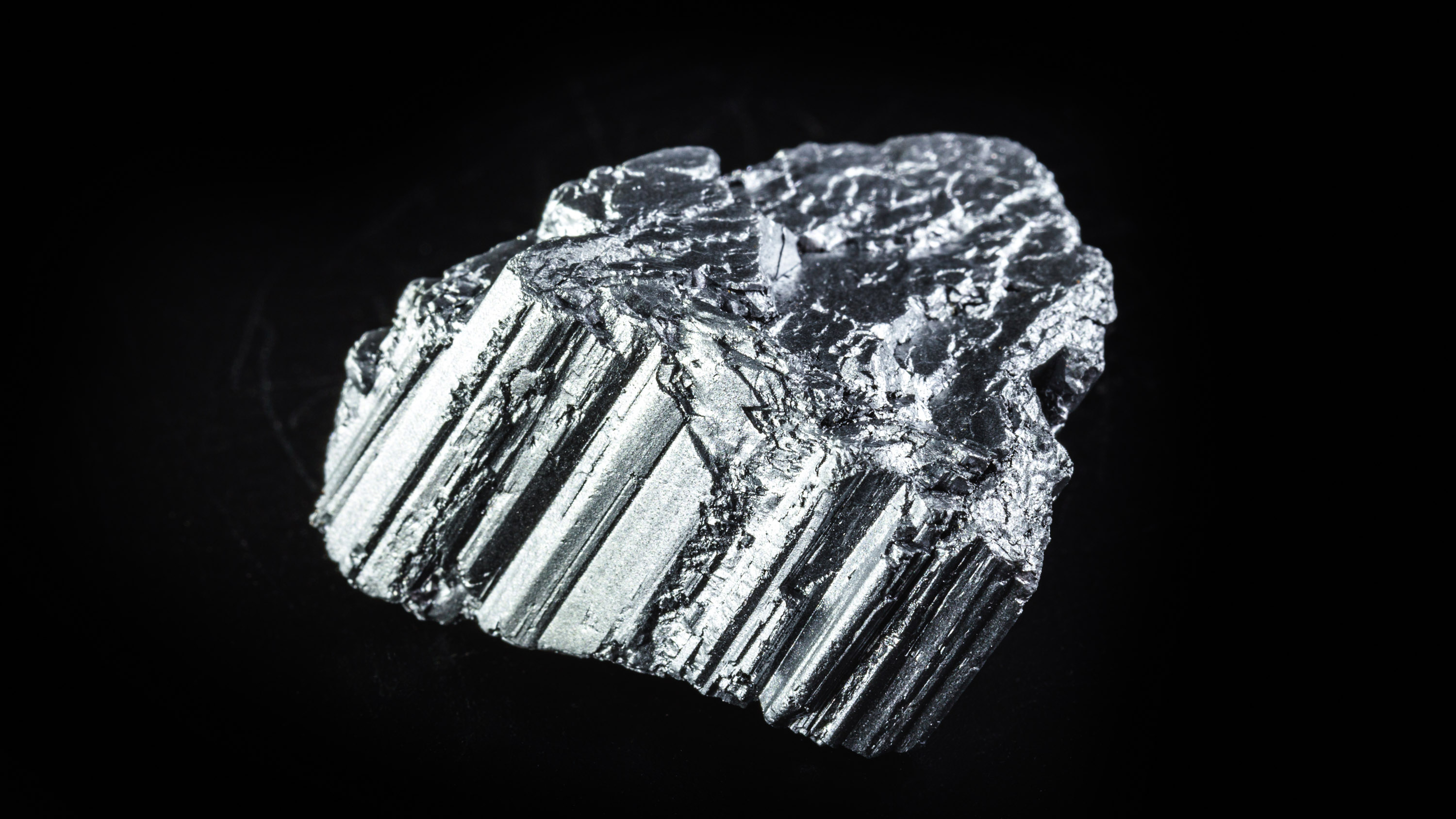
Want to understand the future of technology? Take a look at this one obscure metal.
Here’s what neodymium can tell us about the next century of material demand.
Stay connected
Get the latest updates from
MIT Technology Review
Discover special offers, top stories, upcoming events, and more.
